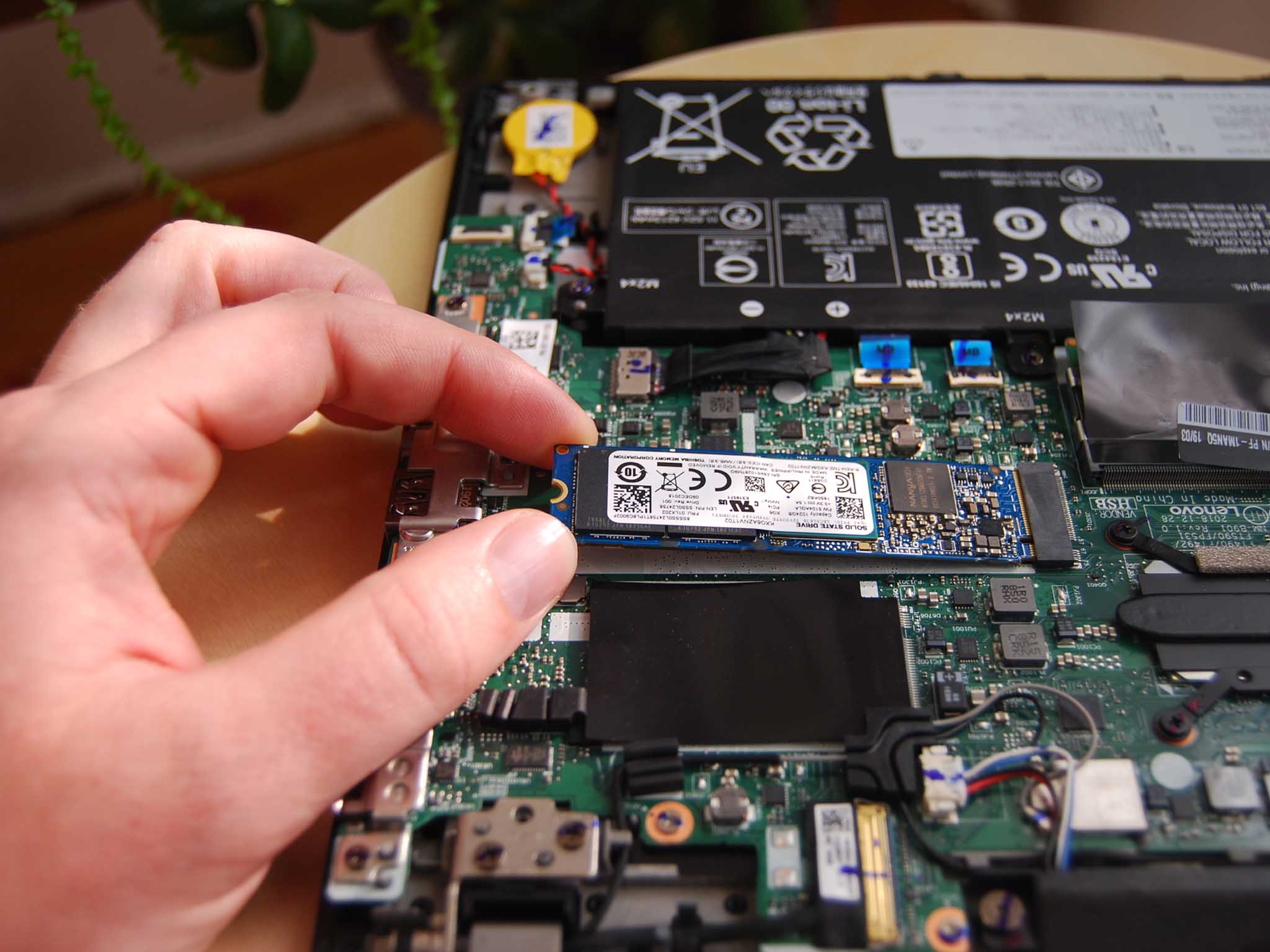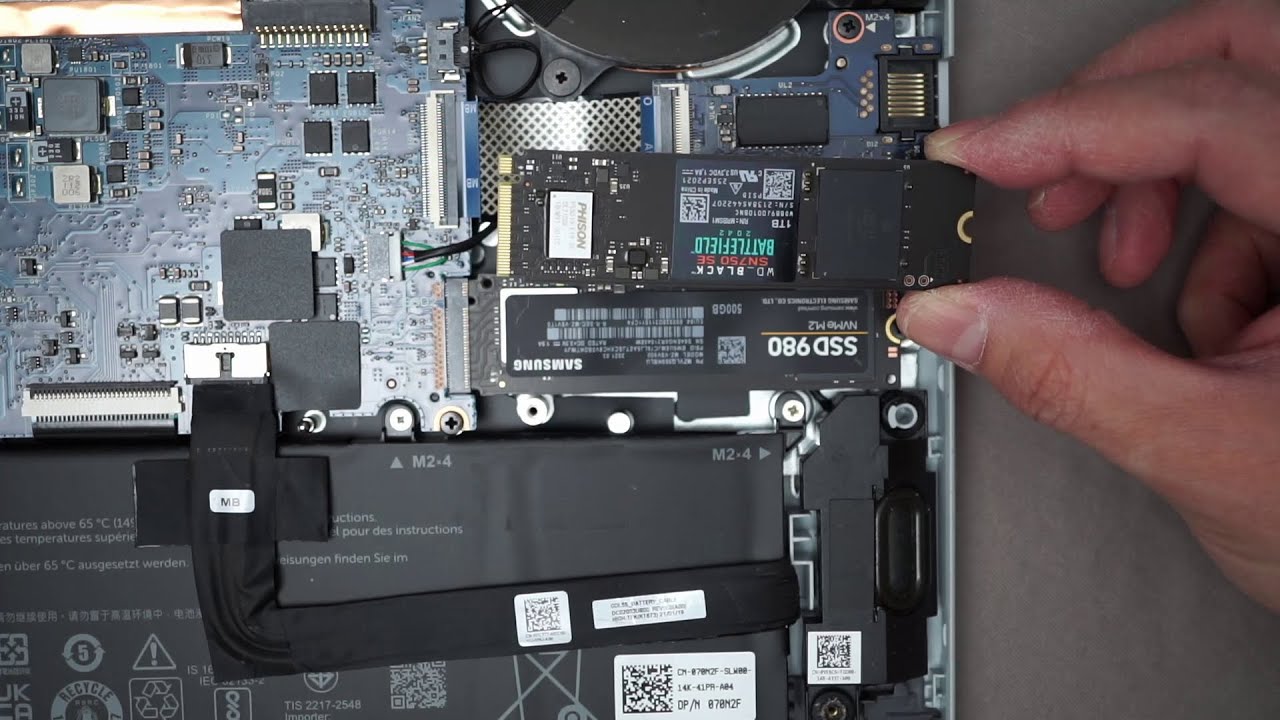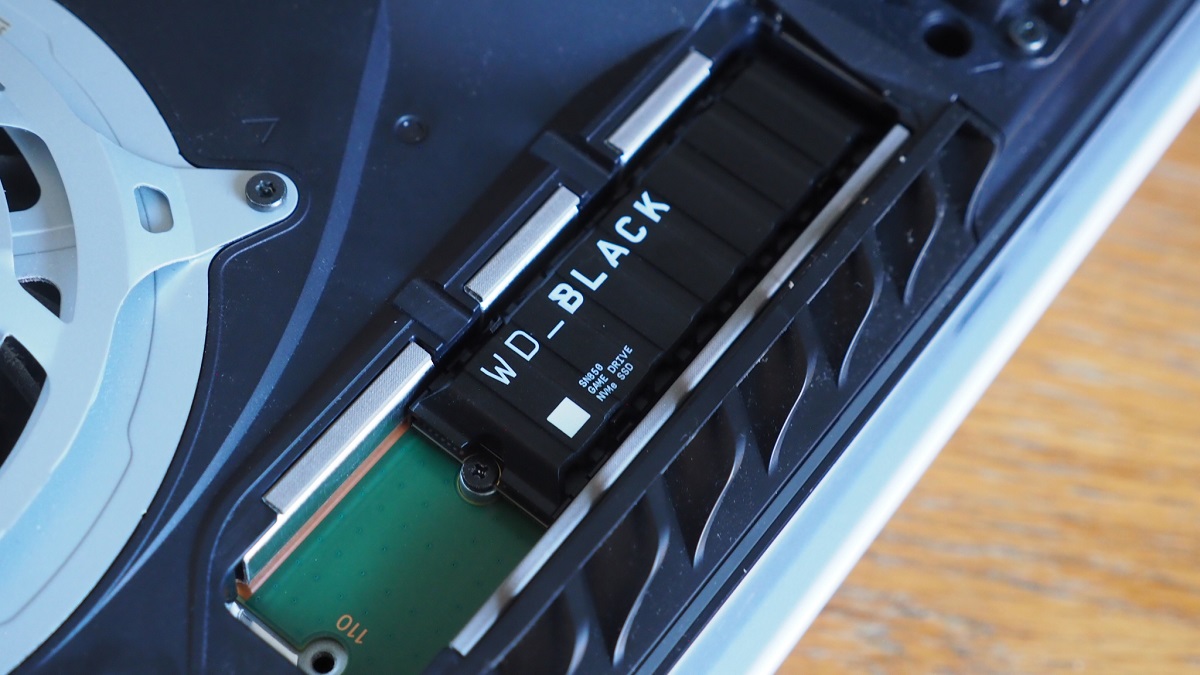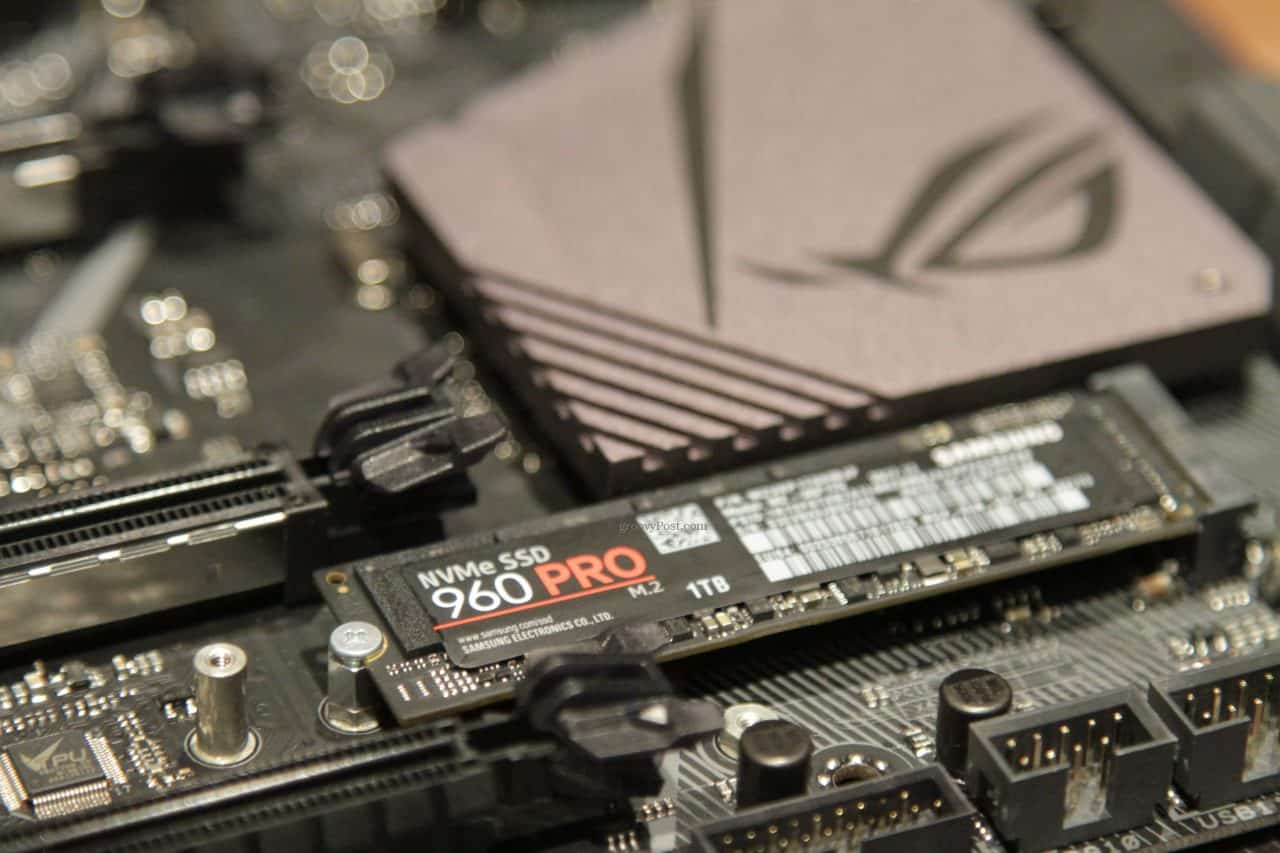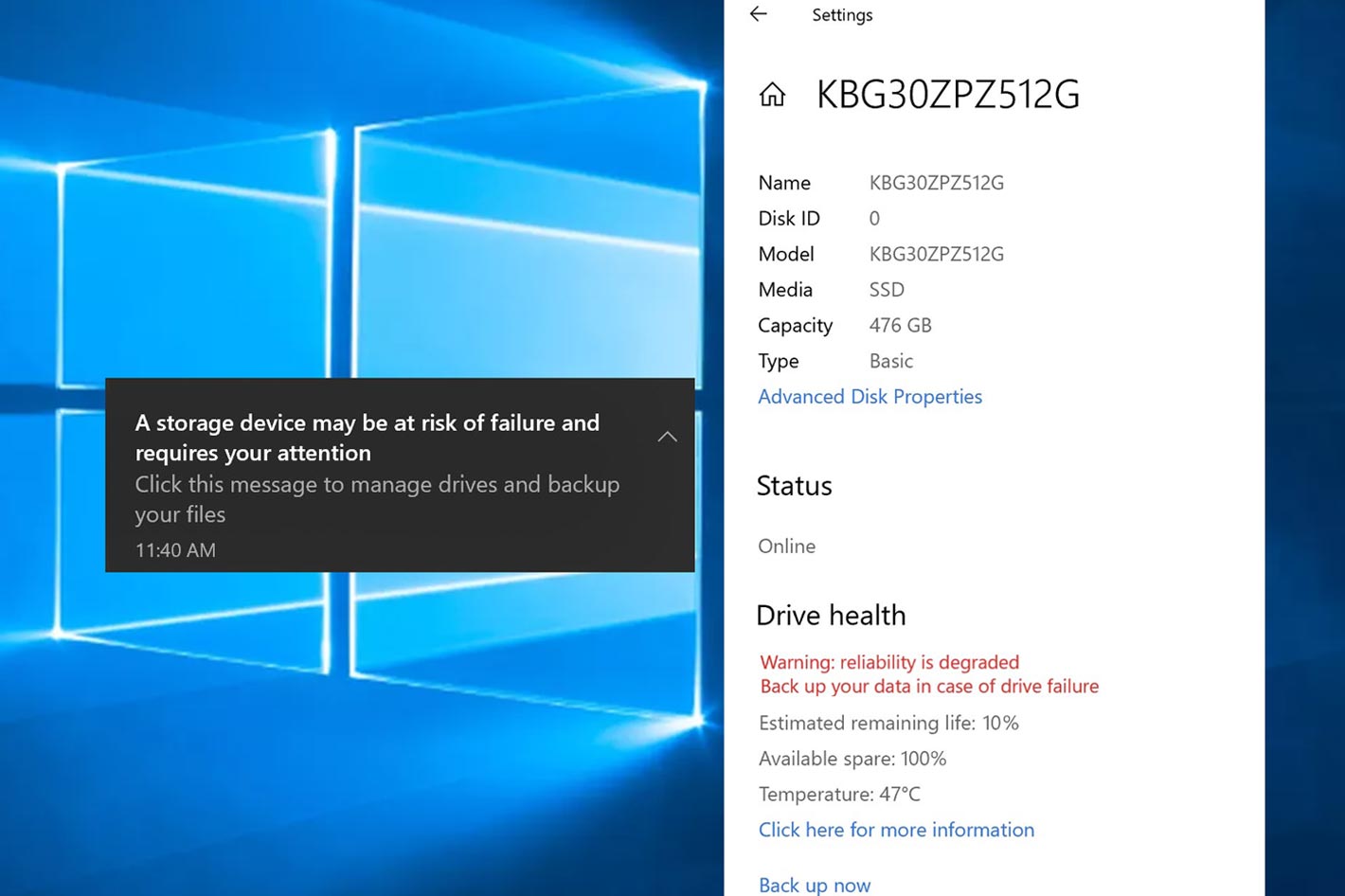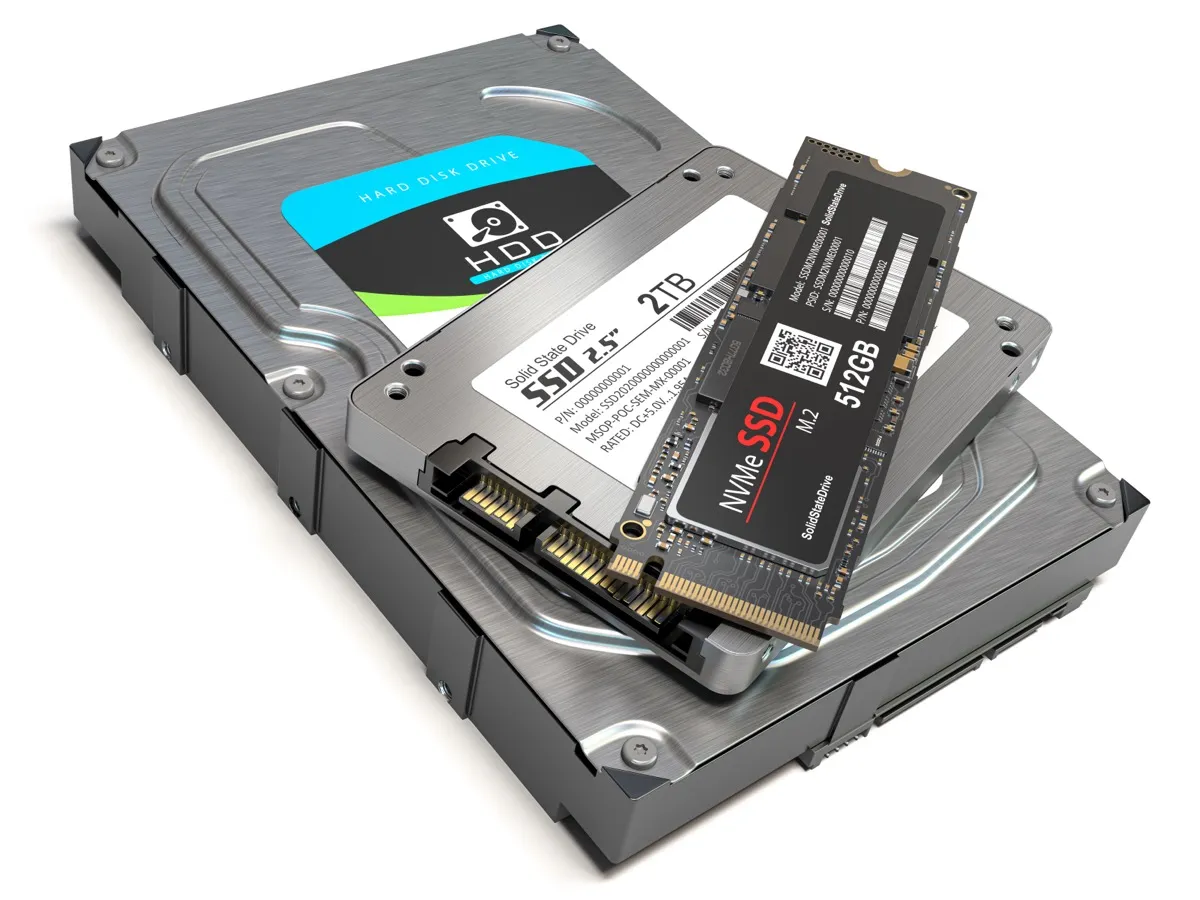Introduction
So you’re curious about the specifications of your SSD (Solid State Drive) and want to find out what model you have? Whether you’re upgrading your computer, troubleshooting an issue, or just satisfying your curiosity, knowing the SSD model number can provide valuable information.
An SSD is a crucial component of a computer, responsible for storing and accessing data quickly and efficiently. Each SSD model has its own unique set of features and specifications, including storage capacity, speed, and durability. By identifying the model, you can gain insights into its performance capabilities and compatibility with your system.
Fortunately, there are several methods available to help you determine the model number of your SSD. In this article, we will explore different techniques for Windows, macOS, and Linux operating systems. We will also discuss using command-line tools and third-party software to retrieve the information you need.
But before we dive into the technical methods, it’s worth mentioning that if you have access to the physical drive, you can usually find the model number printed directly on the SSD. However, if accessing the hardware isn’t feasible, the following methods will help you retrieve the information through software-based approaches.
Whether you’re a tech enthusiast, a professional IT technician, or a curious computer user, understanding your SSD’s model number is an essential step in managing and upgrading your system. So let’s explore the different ways to identify the model of your SSD.
Checking SSD Model Number on Windows
If you’re using a Windows operating system, there are a few methods you can use to find out the model number of your SSD:
1. Device Manager: Open the Device Manager by right-clicking on the Start menu and selecting “Device Manager” from the list. In the Device Manager window, expand the “Disk drives” category. Your SSD should be listed here with its model number mentioned.
2. System Information: Press the Windows key + R to open the Run dialog box. Type “msinfo32” and press Enter. This will open the System Information window. In the left pane, navigate to “Components” -> “Storage” -> “Disks”. Look for your SSD in the list and note down the model number.
3. PowerShell: Open PowerShell by right-clicking on the Start menu and selecting “Windows PowerShell” or “Windows PowerShell (Admin). In the PowerShell window, type the command Get-PhysicalDisk and press Enter. Look for your SSD in the list of disks displayed, and note down the model number.
4. Third-Party Software: There are various third-party software programs available that can provide detailed information about your SSD, including the model number. Some popular options include CrystalDiskInfo, Speccy, and HWiNFO. Download and install any of these software programs, then run them to access the SSD information.
Remember to validate the output given by these methods to ensure you have the correct and accurate model number for your SSD. By using one of these methods, you will be able to retrieve the necessary information about your SSD model on a Windows system.
Checking SSD Model Number on macOS
If you’re using a macOS device, you can find out the model number of your SSD by following these steps:
1. About This Mac: Click on the Apple menu in the top-left corner of the screen and select “About This Mac”. In the Overview tab, click on the “System Report” button. This will open the System Information window. Navigate to “Hardware” -> “Storage”. Here, you will find your SSD listed, along with its model number.
2. Terminal: Open the Terminal application by going to “Applications” -> “Utilities” -> “Terminal”. In the Terminal window, type the command diskutil list and press Enter. Look for your SSD in the list of disks displayed. Note down the identifier of your SSD (e.g., disk0, disk1, etc.). Then, type the command diskutil info [identifier], replacing “[identifier]” with the actual identifier of your SSD. The Terminal will display detailed information about your SSD, including the model number.
3. Third-Party Software: Similar to Windows, there are third-party software programs available for macOS that can provide information about your SSD. One popular option is DriveDx, which not only provides the model number but also offers insights into the health and performance of your SSD. Download and install DriveDx or any other suitable software, then run it to access the SSD information.
Remember to validate the output given by the methods mentioned above to ensure you have the correct and accurate model number for your SSD. By utilizing these methods, you can easily find out the model number of your SSD when using a macOS system.
Checking SSD Model Number on Linux
If you’re using a Linux-based operating system, you can determine the model number of your SSD by following these methods:
1. Terminal: Open a terminal window by pressing Ctrl + Alt + T. In the terminal, type the command lsblk and press Enter. This command will display a list of block devices, including your SSD. Note down the name of your SSD (e.g., sda, sdb, etc.). Then, use the command sudo smartctl -i /dev/[name], replacing “[name]” with the actual name of your SSD. The output will include detailed information about your SSD, including the model number.
2. Gnome Disks: If you’re using a Linux distribution with the GNOME desktop environment, such as Ubuntu, you can use the Gnome Disks utility. Open the application menu and search for “Disks”. Launch the Disks application and select your SSD from the list of drives on the left-hand side. In the right-hand panel, you will find information about your SSD, including the model number.
3. Third-Party Software: Another option is to use third-party software available for Linux systems. An example is GSmartControl, which provides detailed information about your SSD, including the model number and its health status. Install GSmartControl or any other suitable software through your package manager, then run it to access the SSD information.
It’s crucial to validate the output provided by these methods to ensure you have the correct and accurate model number for your SSD. By using the mentioned techniques, you can easily identify the model number of your SSD on a Linux system.
Using Command Line Tools to Find Out SSD Model Number
If you prefer using command line tools, you can retrieve the model number of your SSD by following these steps:
1. Windows: Open Command Prompt by pressing Windows key + R, then typing “cmd” and pressing Enter. In the Command Prompt window, type the command wmic diskdrive get model and press Enter. This command will display a list of all connected drives, including the model number of your SSD.
2. macOS: Open Terminal by going to “Applications” -> “Utilities” -> “Terminal”. In the Terminal window, type the command diskutil list and press Enter. Look for your SSD in the list of disks displayed. Note down the identifier of your SSD (e.g., disk0, disk1, etc.). Then, type the command diskutil info [identifier], replacing “[identifier]” with the actual identifier of your SSD. The Terminal will provide detailed information about your SSD, including the model number.
3. Linux: Open a terminal window and type the command sudo smartctl -i /dev/[name], replacing “[name]” with the appropriate name of your SSD (e.g., /dev/sda, /dev/sdb, etc.). This will display comprehensive information about your SSD, including the model number.
Using command line tools provides a quick and efficient way to find out the model number of your SSD. It’s important to verify the output to ensure you have the correct and accurate model number for your specific SSD.
Using Third-Party Software to Find Out SSD Model Number
If you prefer a more user-friendly and comprehensive approach, you can use third-party software to easily retrieve the model number of your SSD. Here are some popular options:
1. CrystalDiskInfo: CrystalDiskInfo is a free and lightweight software program that provides detailed information about your SSD. Simply download and install CrystalDiskInfo, launch the program, and it will display the model number of your SSD, along with other relevant details such as temperature, health status, and firmware version.
2. Speccy: Speccy is a powerful system information tool that provides extensive hardware details about your computer, including your SSD. Download and install Speccy, then run the program. Navigate to the Storage section, and you will find your SSD listed along with its model number, capacity, and other specifications.
3. HWiNFO: HWiNFO is a comprehensive hardware information and diagnostic tool. It provides in-depth information about various components of your system, including your SSD. Download and install HWiNFO, launch the program, and navigate to the “Drives” section. Here, you will find your SSD listed along with its model number and other pertinent information.
By using third-party software, you can easily access detailed information about your SSD, including the model number, in a user-friendly and intuitive interface. These software programs offer additional features and insights into your SSD’s health, performance, and other specifications, making them valuable tools for managing and monitoring your SSD.
Checking SSD Specifications and Features
Knowing the model number of your SSD is not only helpful in identifying the device but also in understanding its specifications and features. Once you have the model number, you can search for detailed information about your SSD from the manufacturer’s website or other reliable sources. Here are some key specifications and features to look for:
1. Storage Capacity: The storage capacity indicates how much data your SSD can hold. It is usually measured in gigabytes (GB) or terabytes (TB). Higher-capacity SSDs offer more room for storing files, applications, and operating systems.
2. Form Factor: The form factor describes the physical shape and size of the SSD. Common form factors include 2.5-inch, M.2, and PCIe. The form factor determines compatibility with different devices and interfaces.
3. Interface: The interface is the connection type through which the SSD communicates with the computer. Common interfaces include SATA (for traditional HDDs) and NVMe (for faster performance). Check the interface of your SSD to ensure compatibility with your system.
4. Read and Write Speeds: The read and write speeds indicate how quickly data can be accessed (read) and written to the SSD. Higher speeds result in faster system boot times, file transfers, and application loading times.
5. Endurance and Durability: SSDs have a limited number of write cycles, often referred to as endurance or durability. Higher endurance SSDs can withstand more write operations before their performance decreases. This is an important consideration for those performing extensive write-intensive tasks, such as video editing or database management.
6. Cache: A cache is a small amount of high-speed memory used to temporarily store frequently accessed data. An SSD with a larger cache can improve performance by reducing access latency.
7. Advanced Features: Some SSDs come with additional features such as hardware encryption, power loss protection, or error correction technologies. These features can enhance data security and integrity.
Remember to refer to the official documentation or the manufacturer’s website for accurate and up-to-date information about your SSD’s specifications and features. Understanding these details can help you make informed decisions when upgrading or troubleshooting your computer system.
Conclusion
Identifying the model number of your SSD is vital for various reasons, including upgrading your system, troubleshooting issues, and gaining insights into its specifications and features. Fortunately, there are multiple methods available for finding out the model number on different operating systems.
On Windows, you can use the Device Manager, System Information utility, PowerShell, or third-party software. For macOS users, the About This Mac section, Terminal, or third-party apps can reveal the model number. Linux users can utilize the Terminal or GNOME Disks, along with third-party software.
If you prefer using command line tools, you can retrieve the model number via Command Prompt in Windows, or Terminal in macOS and Linux. Alternatively, you can opt for user-friendly third-party software such as CrystalDiskInfo, Speccy, or HWiNFO to obtain detailed information about your SSD.
It’s important to validate the output from any method or software to ensure accuracy. Once you have the model number, you can delve deeper into your SSD’s specifications, including storage capacity, form factor, interface, read and write speeds, endurance, cache, and advanced features. Understanding these details can guide your decisions when upgrading, optimizing performance, or troubleshooting your computer system.
Whether you’re a tech enthusiast or a regular computer user, knowing your SSD’s model number and specifications empowers you to make informed choices about your storage needs and system compatibility. So, use the methods outlined in this article and unlock the knowledge about your SSD that will assist you in optimizing your computing experience.










